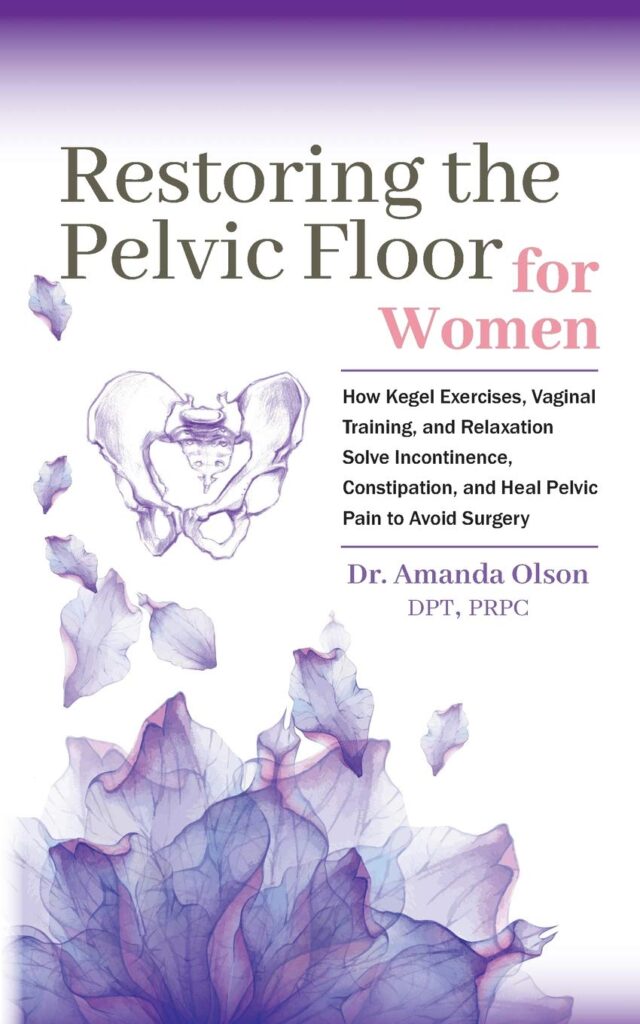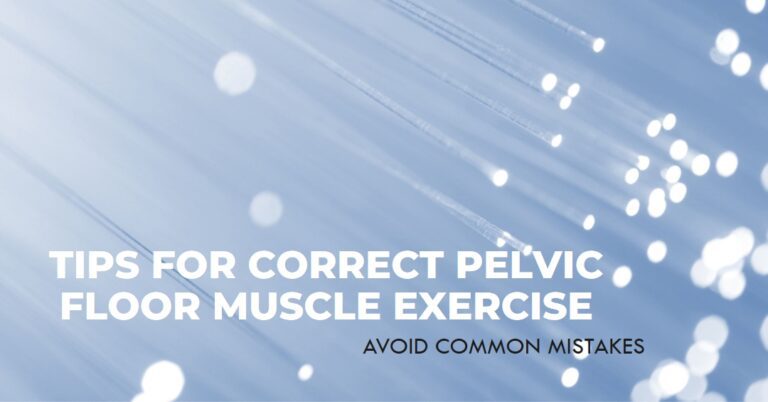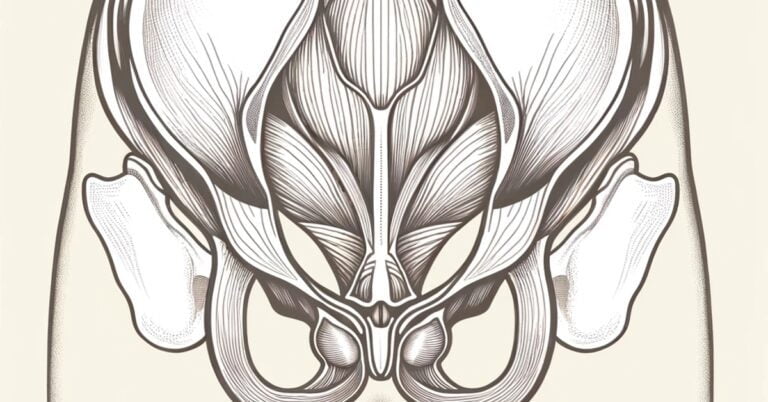How to Perform Kegel Exercises Correctly
How to Perform Kegel Exercises Correctly
How to Perform Kegel Exercises Correctly involves a focused approach to strengthening the pelvic floor muscles that support the uterus, bladder, and bowels. Proper engagement in these exercises is essential for reaping the full benefits, including enhanced bladder control, decreased pelvic organ prolapse risk, and improved sexual health. The following step-by-step guide is crafted to provide clear and precise instructions, enabling you to safely and effectively undertake Kegel exercises as part of your daily routine.

Pelvic Floor Muscle Strength: 7 Powerful Strategies to Enhance Your Well-Being
- Identify the Right Muscles
The first step in performing Kegel exercises is to identify the correct muscles. You would use these muscles to stop urination midstream or to hold back gas. To identify them, the next time you are urinating, try to stop the flow briefly and then continue. The muscles you use for this action are your pelvic floor muscles. Using this method for learning is essential only, as frequently stopping urination can lead to urinary tract issues. - Perfect Your Technique
Once you’ve identified your pelvic floor muscles, empty your bladder before beginning the exercises. Find a comfortable position, either sitting or lying down. Tighten your pelvic floor muscles, hold the contraction for three to five seconds, and then relax for three to five seconds. Ensure that you’re focusing on tightening only your pelvic floor muscles, avoiding the contraction of muscles in your abdomen, thighs, or buttocks. Breathe freely during the exercises to avoid holding your breath. - Maintain Focus
One key to success with Kegel exercises is maintaining focus. Concentrate on tightening only the pelvic floor muscles. Visualise the muscles lifting inward as you contract them. Focusing on these muscles helps prevent using other muscles and ensures the exercises are practical. - Repeat Regularly
For best results, aim to perform 10 to 15 repetitions of the contraction and relaxation cycle three times a day. Consistency is key with Kegel exercises, which can be done discreetly at just about any time and place, such as while sitting at your desk, driving, or relaxing on the couch. - Stay Consistent
Consistency is critical for building strength in the pelvic floor muscles. Incorporate Kegel exercises into your daily routine, perhaps by linking them with a habitual activity like brushing your teeth or watching TV during commercial breaks. - Increase Intensity Gradually
As your muscles get stronger, you can increase the duration of the muscle contractions and the number of repetitions. A good goal is to hold the muscles tight for 10 seconds and relax for 10 seconds, doing three sets of 10 repetitions. - Be Patient
Improvements from Kegel exercises can take time. You might not feel your pelvic floor muscles getting stronger immediately, but with regular, consistent practice, most people notice an improvement within a few weeks to a few months. - Know When to Seek Help
If you’re having trouble doing Kegel exercises, don’t hesitate to ask for help. Your doctor can offer tips on how to find and successfully exercise the right muscles. In some cases, biofeedback training might help you identify and contract the correct muscles.
Performing Kegel exercises correctly is paramount for unlocking their full potential and securing the myriad health benefits they offer. Adherence to a structured, step-by-step guide ensures that each exercise is executed with precision, fostering the safe and effective strengthening of the pelvic floor muscles. This meticulous approach not only contributes to a robust pelvic foundation but also precipitates a cascade of positive health outcomes, including enhanced bladder control, mitigated risks of pelvic organ prolapse, and an enriched sexual experience.

Furthermore, the consistent practice of Kegel exercises, guided by clear and comprehensive instructions, can lead to profound and lasting improvements in pelvic health. Over time, this dedicated regimen can fortify the pelvic muscles, providing enduring support to the pelvic organs and contributing to overall well-being. By embedding Kegel exercises into your daily routine and ensuring their correct execution, you embark on a journey towards a stronger, healthier pelvic floor, reaping benefits that extend far beyond the immediate physical enhancements.
Kegel exercises for women: 5 Essential Tips to Unlock the Ultimate Benefits








